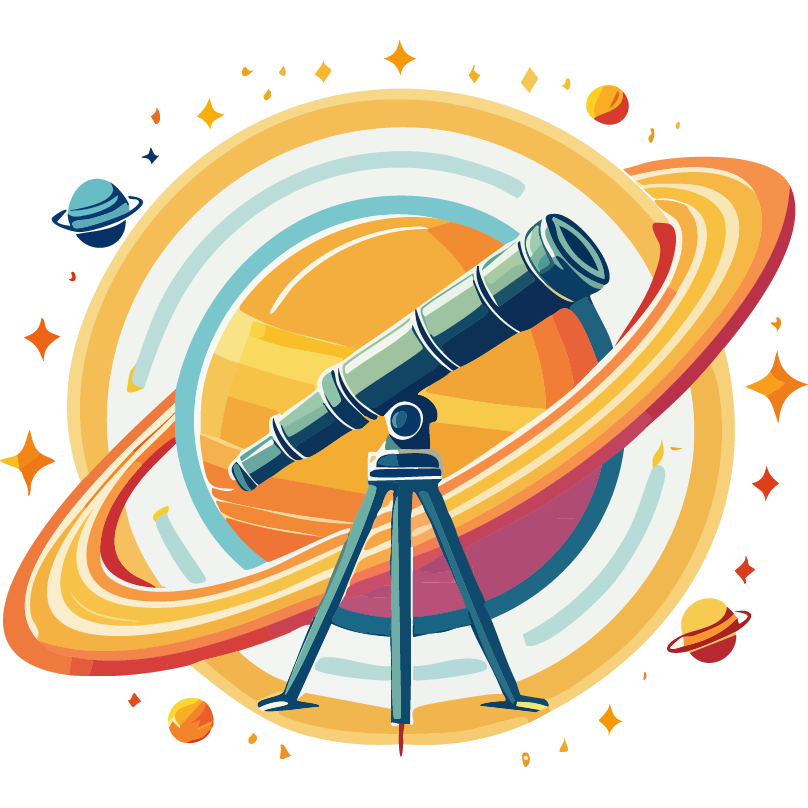
🔭 Telescopes: A Guide for Curious Stargazers
So, you're thinking of getting a telescope? Brilliant! But with so many options—from tiny tabletop scopes to garden-dominating monsters—it’s easy to get lost in the starlight.
Refractors (the classic "pirate spyglass" type) are great for beginners. They’re low-maintenance, excellent for viewing the Moon and planets, and generally give crisp images. A small 70mm refractor (~£100–£150) is perfect for urban stargazers wanting simple lunar views. Downsides? Not ideal for deep space, and bigger ones get pricey fast.
Reflectors, like Newtonian telescopes, are more budget-friendly per inch of aperture (that’s telescope-speak for how much light they gather). A 130mm reflector (~£180–£250) will show Saturn’s rings and faint galaxies—just keep it collimated (aligned), or things get fuzzy.
Dobsonians are reflectors on a swivelling base. They’re called “light buckets” for a reason! A 200mm Dob (~£300–£400) gives stunning views of nebulae, star clusters, and more—but they’re bulky and not great for flats or small cars.
Want to take photos? You’ll need an equatorial mount and a bit more patience (and budget). Astrophotography setups often start around £600+.
So which telescope is best?
- Complete newbie, limited space? A small refractor or tabletop reflector.
- Some experience, back garden observer? Go for a Dobsonian for the best bang-for-buck views.
- Live in a city? Opt for portability and planetary targets—light pollution is no friend to galaxies.
- Fancy photos? Budget higher and brace for a steep but rewarding learning curve.
Whatever you pick, the real magic is looking up. A telescope won’t show you Hubble-like images—but it will show you Saturn’s rings, Jupiter’s moons, and your place in the universe.

